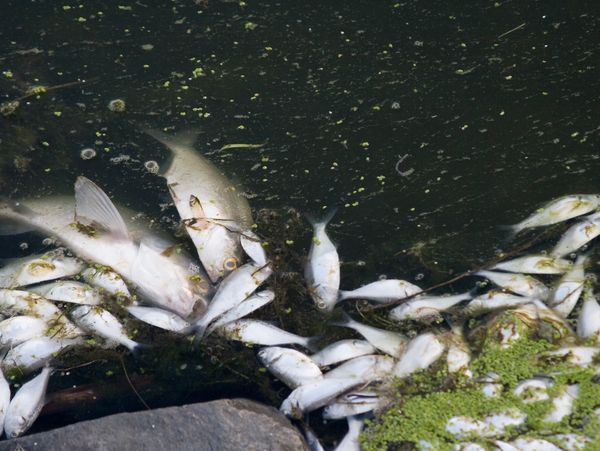- Home
- Consulting
- Products
- Modern Lab Testing
- Palm Fertilizers
- NEW Microbe Lab Testing
- Custom Microbe Products
- Disease Management
- Palm Tree Sales
- Palm Installation
- Palm Equipment For Sale
- On-Site Visits
- Who We’ve Worked With
- About
- Contact
- What Is Lethal Bronzing
- Origin Of Lethal Bronzing
- Lethal Bronzing Treatment
- Lethal Bronzing PDF Info
- Insect Treatments for LB
What Is Lethal Bronzing? Understanding the Disease

What Exactly Is Lethal Bronzing?
Lethal Bronzing is a deadly palm disease caused by a tiny bacteria-like organism called a phytoplasma. It lives inside the palm’s vascular system—the channels that carry water and nutrients. Once inside the tree, the phytoplasma begins spreading upward toward the growing point (the bud). When it reaches the center of the canopy, the palm rapidly declines and dies.
Most homeowners first notice bronze or brown lower fronds, thinning canopy, or a collapsing spear leaf, but by the time symptoms are visible, the infection is usually well underway.

How Lethal Bronzing Spreads (The Leafhopper Vector)
Lethal Bronzing does not spread through soil, rain, pruning, or proximity alone. It is carried and transmitted by a small sap-feeding insect called a leafhopper. These insects land on palms, feed on the sap, and can transmit the phytoplasma in the process—similar to how mosquitoes spread certain human diseases.
Because leafhoppers can move between trees and travel across neighborhoods, any palm in the area can be exposed, even if your yard appears healthy. Coastal wind, marshlands, tall grasses, and warm climates create perfect conditions for the vector to thrive.

All Palm Species Can Be Affected
Although some species decline faster than others, every palm species is susceptible to Lethal Bronzing. This includes:
- Canary Island Date Palms (CIDP)
- Sylvester Palms
- Sabal Palms
- Queen Palms
- Medjool Palms
- Pygmy Date Palms
- Washingtonia Palms
- Coconut Palms
- Any ornamental or landscape palm
Large date palms often show the most dramatic losses because they are extremely valuable and decline quickly once infected.
.jpg/:/cr=t:0%25,l:3.11%25,w:84.75%25,h:84.75%25/rs=w:600,h:800,cg:true,m)
Can Palms Be Replanted After Lethal Bronzing?
Yes—palms can absolutely be replanted in areas where Lethal Bronzing has occurred. The disease is not soil-borne, meaning it does not remain in the ground after an infected palm is removed. Once the stump and debris are hauled away, the soil is safe for new palms. This is why you often see fresh replacement palms installed immediately after removals in affected neighborhoods.
However, replanting mature or high-value palms can be extremely expensive, especially when cranes, trucking, and large specimen palms are involved. Preventative treatment may help you avoid these costs, even though no treatment can offer a 100% guarantee. Our injection-based protection program significantly reduces the chances of infection by helping defend palms from both the insect vector and the phytoplasma itself. Prevention is always more affordable than replacing a full-grown palm—especially along the Texas coast where installation logistics and palm size can make replacement costs substantial.

Current Recommended Treatment Approach
Industry authorities, university researchers, and plant pathologists currently recommend a multi-step protection program, which includes:
- Systemic insecticide injections to target the leafhopper vector
- Oxytetracycline (OTC) injections to suppress the phytoplasma inside the palm
- Professional fertilization to improve nutrient uptake and help the palm absorb treatments
- Routine monitoring of spear growth and frond color
This combined approach is the only research-supported method to reduce the spread of infection and defend healthy palms.

Why We Inject Instead of Spraying or Broadcasting Products
In coastal areas like Galveston, insecticide sprays and granules pose a significant risk to our bays, estuaries, and the Gulf, which are home to fish, crabs, shrimp, birds, and countless wildlife. Sprays can drift onto water surfaces or neighboring properties, and granules can wash into storm drains during rain or irrigation.
For this reason, Palm Professionals uses a precision injection system, delivering treatments directly inside the tree with zero environmental runoff. It is safer for waterways, safer for wildlife, and ensures the full dose reaches the palm’s vascular system where it is needed most.

Our Work Toward a Future Cure
Our president, Gary Kennemer, has spent years mapping outbreaks, submitting samples, communicating with researchers, and documenting field cases across Texas. He collaborates directly with University of Florida IFAS, Texas A&M AgriLife, Texas Department of Agriculture, and the PalmQuest research committee to share Texas data, support ongoing studies, and search for better long-term solutions.
Lethal Bronzing was first documented in the United States right here in Texas, and Palm Professionals has been part of its history from the beginning. Our continued field research, testing, and cooperation with university scientists keeps us ahead of emerging information and treatment advances.

What Homeowners Need to Know
Lethal Bronzing can move silently through your neighborhood before you see symptoms. Once a palm shows significant bronzing or a collapsed spear, it cannot be saved. For this reason, prevention is critical, especially for high-value or mature palms. If you notice bronzing, thinning, or strange discoloration, schedule an evaluation immediately. Early detection is the only chance to protect the rest of your palms.
Contact Us Today
Better yet, see us in person!
We love our customers, so feel free to visit during normal business hours.
Hours
Open today | 09:00 am – 05:00 pm |
Copyright © 2025 Palm Professionals - All Rights Reserved.
- Consulting
- Products
- Modern Lab Testing
- Palm Fertilizers
- NEW Microbe Lab Testing
- Custom Microbe Products
- Disease Management
- On-Site Visits
- Privacy Policy
- Terms and Conditions
- Lethal Bronzing Galveston
- What Is Lethal Bronzing
- WhereIsLethalBronzingFrom
- Origin Of Lethal Bronzing
- Lethal Bronzing Origins
- Lethal Bronzing Map
- Lethal Bronzing Treatment
- Lethal Bronzing PDF Info
- Insect Treatments for LB
This website uses cookies.
We use cookies to analyze website traffic and optimize your website experience. By accepting our use of cookies, your data will be aggregated with all other user data.